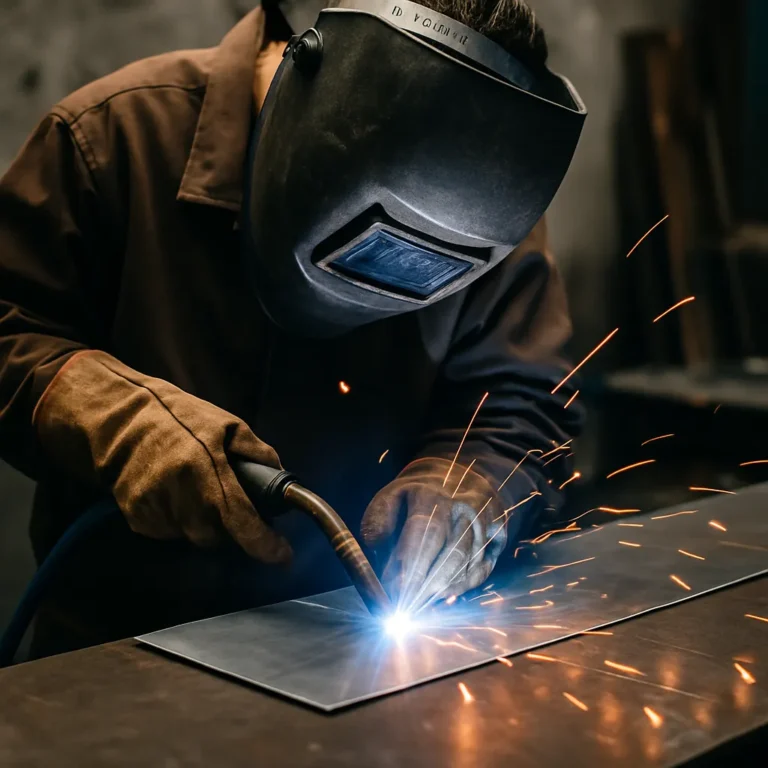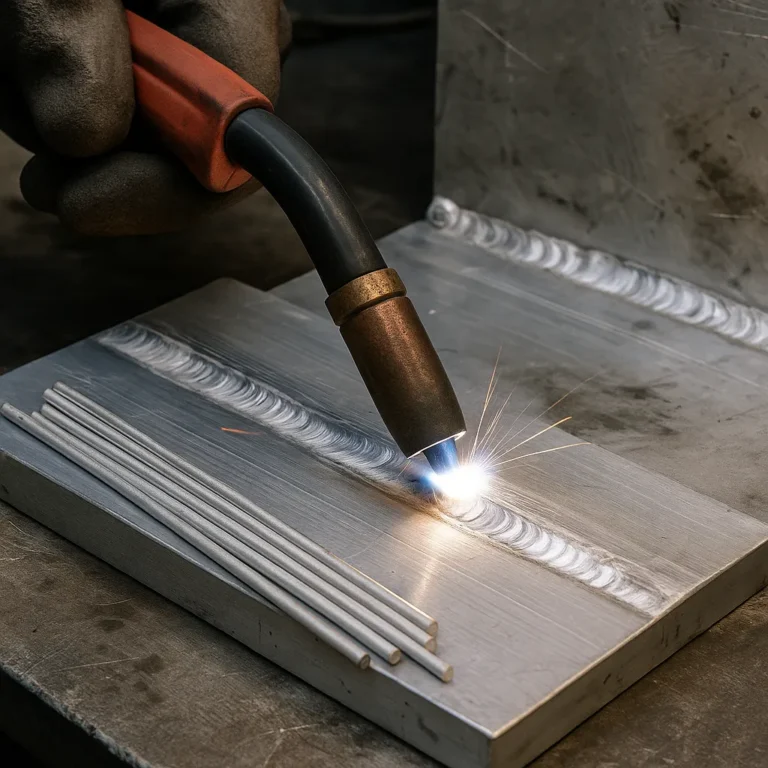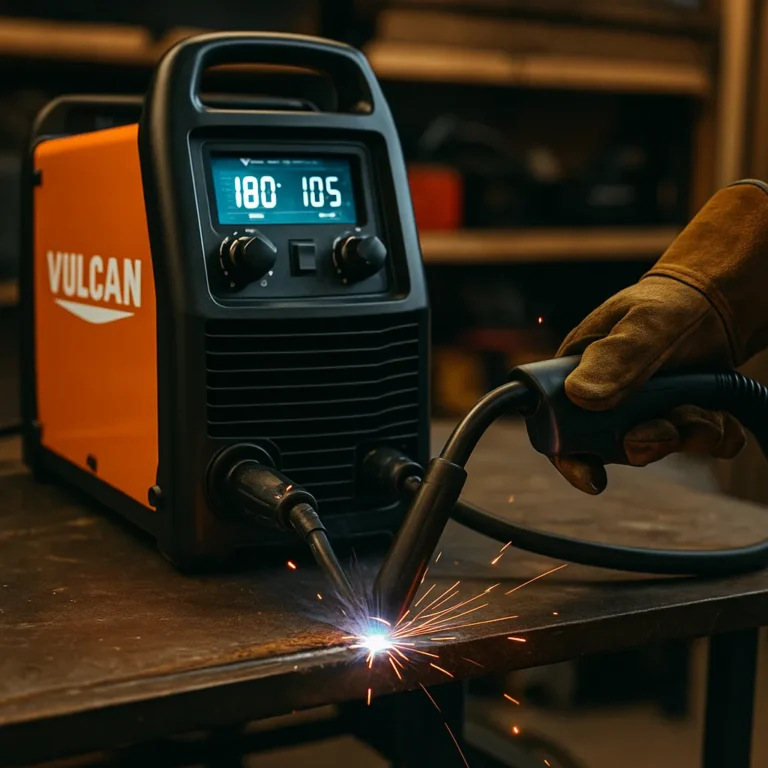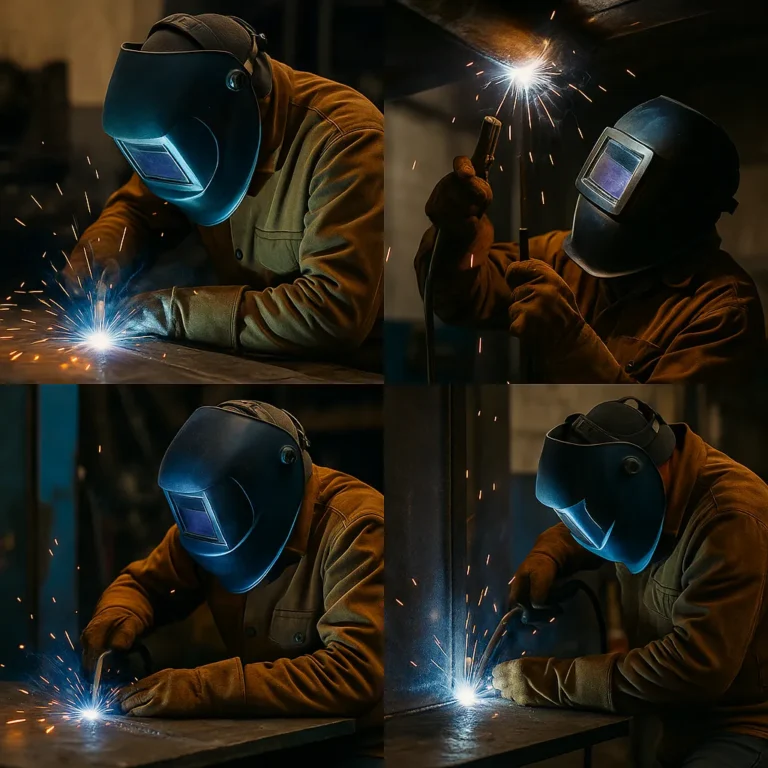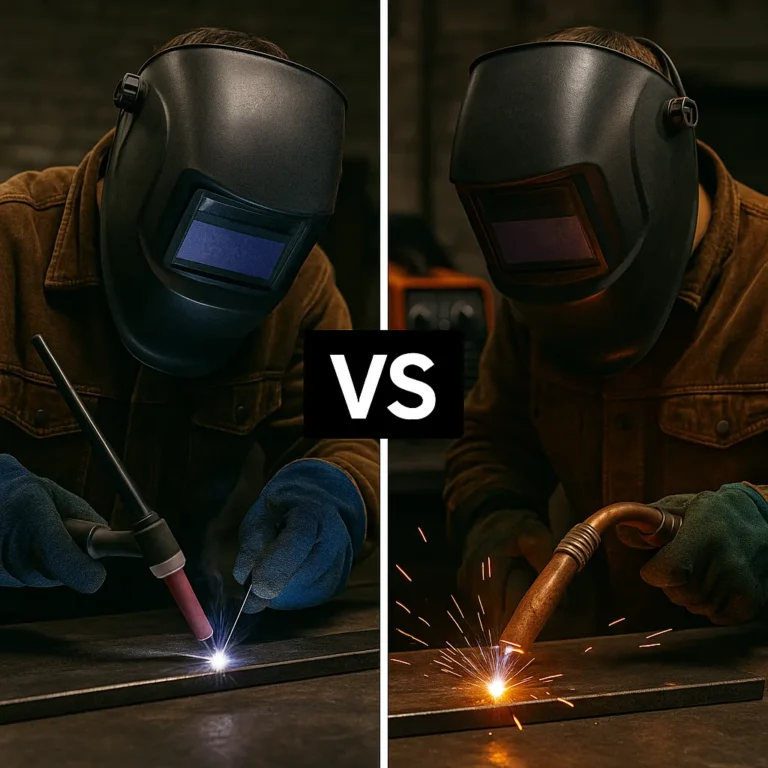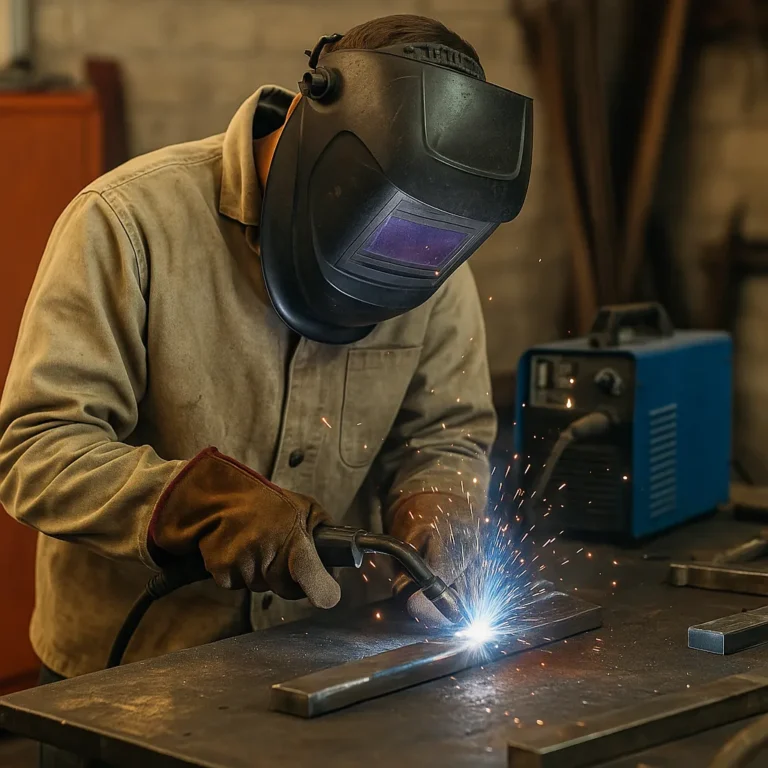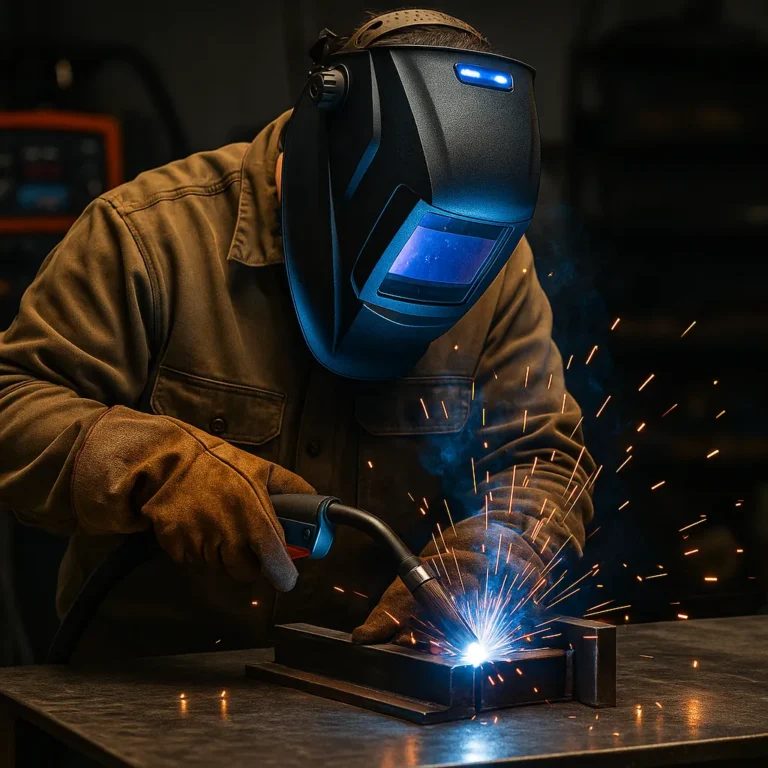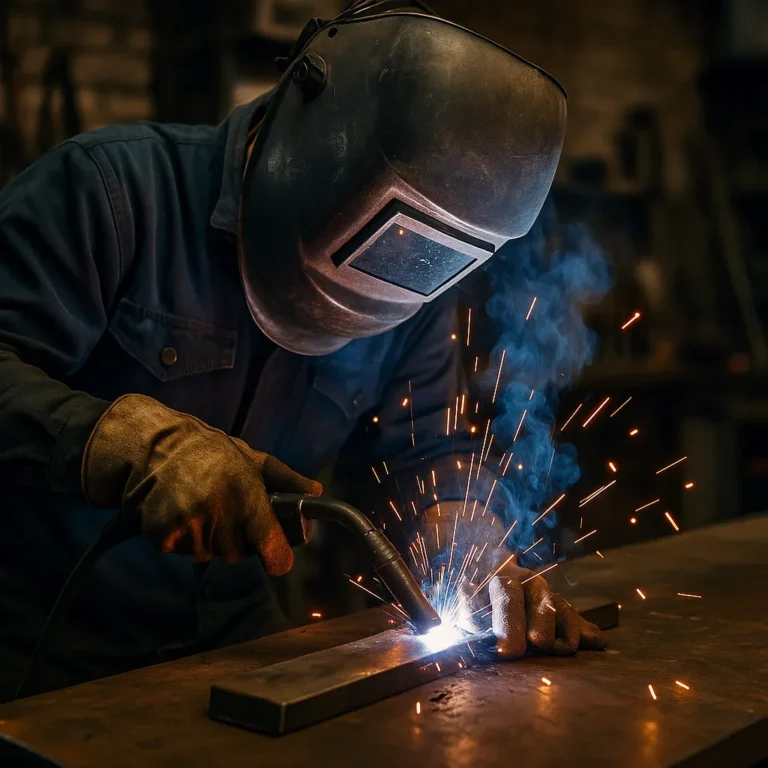Best Welding for Sheet Metal: Smart Picks for Clean Results
Welding sheet metal is all about control, finesse, and the right method. When you’re working with thin steel or aluminum, choosing the wrong process can lead to warping, burn-through, or messy welds. The good news? There are proven techniques that make the job easier—whether you’re a weekend DIYer or putting together precision parts in your…

